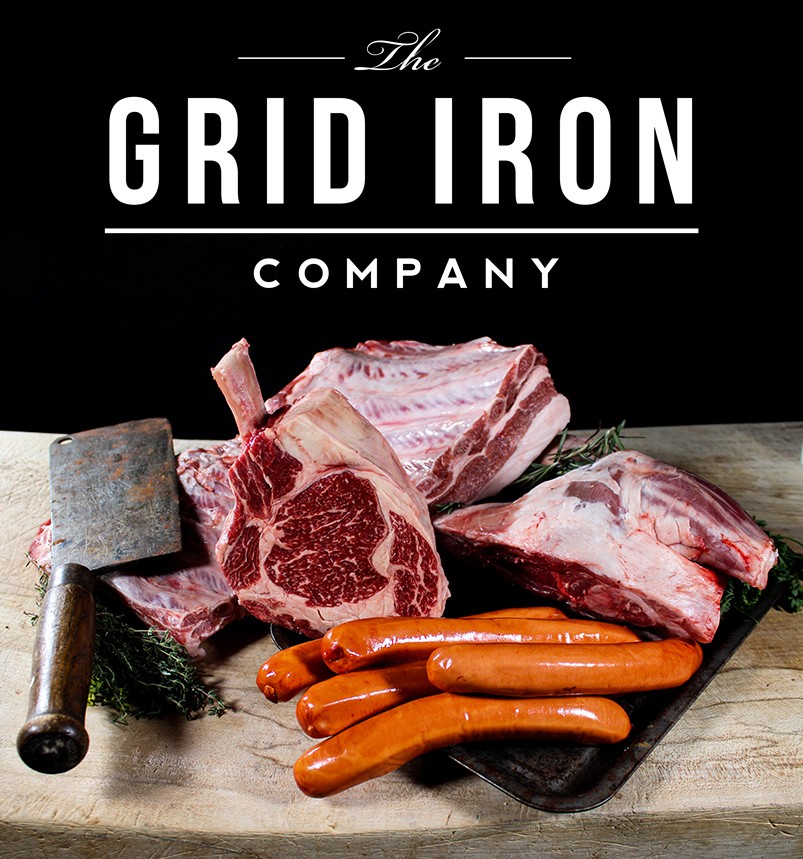Suffolk sheep are a breed renowned for their meat. Originating from Suffolk, these sheep are a result of crossbreeding between Norfolk Horn ewes and Southdown rams. Suffolks are easily recognisable by their black faces and legs, which are free of wool. They have a medium to large frame with a strong and muscular build, ideal for meat production.
Here are some key characteristics of Suffolk lamb:
When choosing Suffolk lamb, look for meat that’s pinkish-red in colour with white marbling. This indicates a good balance of fat, which is crucial for flavour and tenderness. Remember, the cooking method and accompanying ingredients can greatly enhance the natural qualities of the lamb. Visit the Grid Iron Gourmet for recipes and tips on cooking lamb.
The Suffolk sheep breed itself is a product of a very pragmatic approach to sheep breeding in England. Originating in the early 19th century, Suffolk sheep were bred specifically for their meat qualities. The breed was developed by crossing Southdown rams, known for their excellent meat, with Norfolk Horn ewes, which were hardy and adapted to local conditions. This was a very intentional and practical decision, aimed at creating a breed that would thrive in the local climate and provide superior meat.
World War Efforts: During the World Wars, Suffolk sheep played a significant role in Britain’s agriculture. With food scarcity and the need to maximise local food production, Suffolk sheep, being efficient meat producers, became even more valuable. Their breeding was encouraged to support the war effort, and they were seen as an asset for food security. The breed’s ability to adapt and thrive in various conditions made it a reliable choice during these challenging times.
Show Ring Champions: Suffolk sheep are also known for their success in the show ring. They have been a popular choice at agricultural shows and sheep fairs for many years, often winning prizes for their build and meat quality. This success in the show ring helped to cement their reputation as a top meat breed.
Cultural Symbol: In Suffolk, England, where the breed originated, these sheep are more than just livestock; they’re a part of the cultural heritage. The breed’s history and contribution to the local economy have made it a symbol of the region. Local festivals, art, and literature sometimes feature Suffolk sheep, celebrating their role in the region’s agricultural history.
Suffolk sheep are indeed present in the Yorkshire Dales, but they are not as traditionally associated with this region as some other breeds, like the Swaledale or the Wensleydale. The Yorkshire Dales, known for its rugged terrain and challenging weather conditions, has typically favoured hardier sheep breeds that are well-adapted to these conditions. However, the adaptability of Suffolk sheep means that they can also be found in various parts of the Dales.
In areas like the Yorkshire Dales, Suffolk rams are often used for crossbreeding. They are crossed with local breeds to produce offspring that combine the hardiness of the mother with the meat qualities of the Suffolk. This practice helps farmers to enhance the meat quality of their stock while maintaining the breed’s ability to thrive in the local environment. The breed’s reputation for quality meat production makes them a valuable addition to farms focusing on meat production.
The Suffolk sheep, originally bred for relatively milder conditions, face certain challenges in the harsher climates of the Yorkshire Dales. Farmers who choose to rear them here need to take extra care, especially during colder months.
The presence of breeds like the Suffolk in the Yorkshire Dales reflects the diversity in farming practices in the region. Farmers choose different breeds based on their specific goals, whether it’s meat, breeding or maintaining local biodiversity.
While Suffolk sheep are not the most iconic breed of the Yorkshire Dales, their presence here is a testament to their versatility and the dynamic nature of British sheep farming.
Celebrating Heritage, Sustainability, and Taste

Order online from our selection of locally-sourced, high-quality Yorkshire native breed meat and charcuterie, plus our range of carefully curated artisan food products, including cheeses, jams, and preserves.
We’re proud to support FareShare Yorkshire.